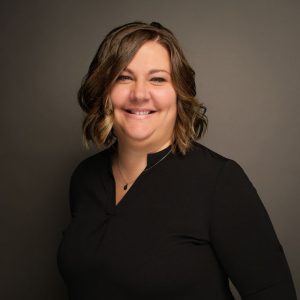
One way to get a sense of a community is to drive or walk around, observing and taking note of the different characteristics and opportunities that the community may have to offer. A walk or a drive through a community may also serve as an assessment of what projects have happened or would like to happen.
Community Assessments are tools that allow interested citizens and community partners to gather and analyze information. This is typically to determine the current condition of a particular aspect of the community. While there are different modes of assessment, they are generally most useful when they capture the diversity of the community. In addition, the assessment may also be focused on a particular program, event or segment of the community.
Community assessments are often conducted to collect data that affects how programs get implemented. More specifically, they can:
- Gauge public opinion, rather than rely on the opinion of a few key leaders or local gossip
- Increase awareness of particular issues
- Create an opportunity for community input and/or ownership of the process
- Be required to satisfy a grant or program.
Important considerations before conducting a community assessment is the time available
for the assessment, the information needed from the assessment and the diversity being
captured in the assessment.
There are several ways to conduct community assessments and the most common techniques include taking assets walks, small group exercises or conducting a survey.
Other methods include: personal interviews, focus groups, public forums and informal group processing.
Today we will talk about conducting an asset walk. This technique works well for all group sizes and it can be part of a larger program or event, if time allows. To complete a Community Asset Walk simply WALK (this is key!) your group through your community.
Throughout the walk, ask those with you to write down and/or talk about what they observe-it could be vacant lots, buildings, businesses, people etc. Walking is key because it is slow, and it allows the group to interact and observe. The ideas are transcribed into a single list after the walk is completed.
You may also include voice recordings and have people take pictures of what they observe or simply record notes to discuss later. The time requirement for an asset walk maybe one or two hours to walk through a neighborhood.
To get a complete assessment of the entire community, it could require multiple walks.
Plan for a few hours to transcribe notes and assemble photographs into a meaningful format to be shared with others.
In addition to being an assessment tool that can identify opportunities in your community, this technique can be a great conversation starter for a group, organization, or community. It can get people talking to one another and from this, they are able to identify areas of common interest to pursue more deeply.
Larger groups are often broken into smaller groups of 8 or less people. Remember to make sure your groups are mixed appropriately.
Once the observations are collected from those participating in the walk, simply tally the number of times a particular theme, observation, specific asset or idea is made. By doing this you can possibly pursue a program or project and eventually make plans for a planning group discussion.
The next step is to take your observations and plans a step further and fully develop them in a facilitated group exercise that results in a community development action plan to move forward.
For More information, contact Community Vitality Agent, Amanda Clasen at amclasen@ksu.edu or at 620-244-3826.
